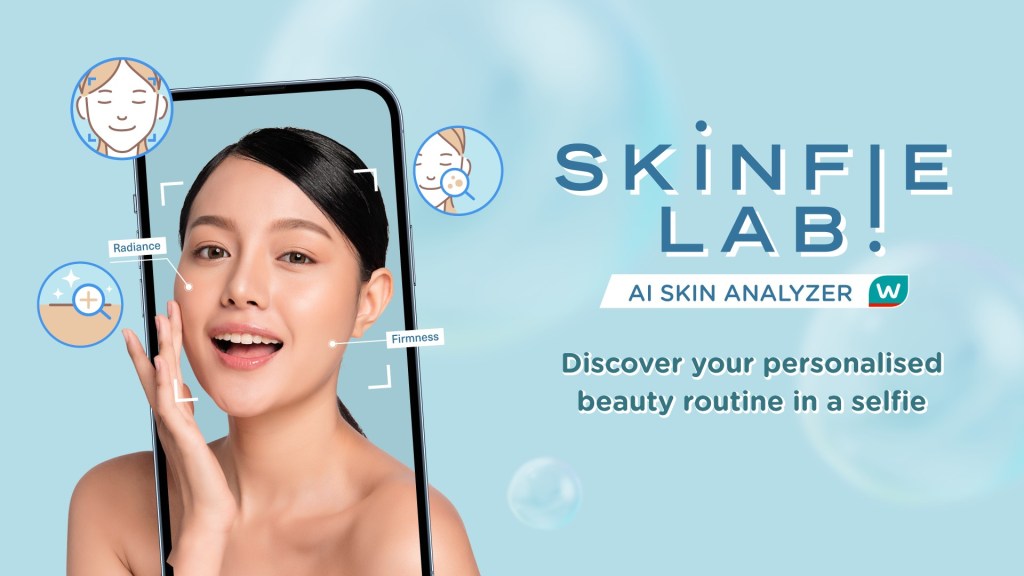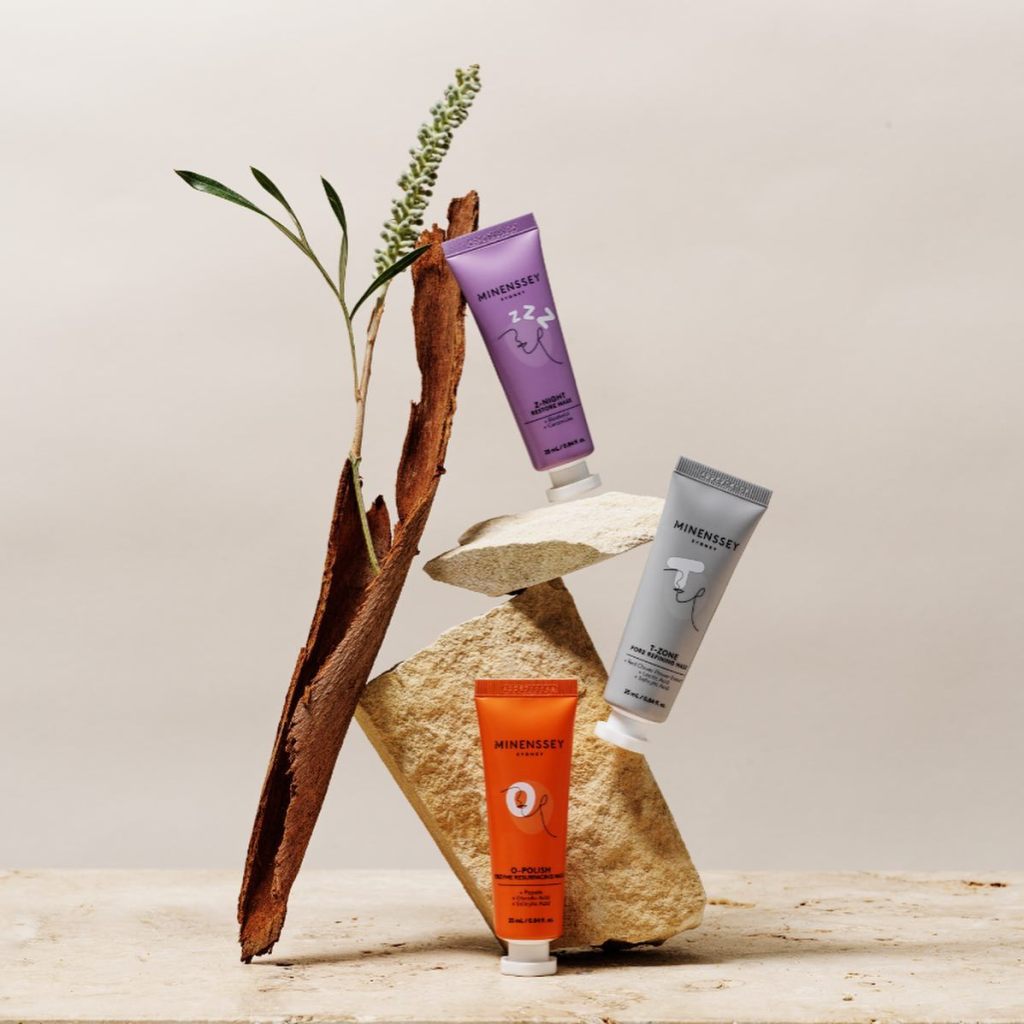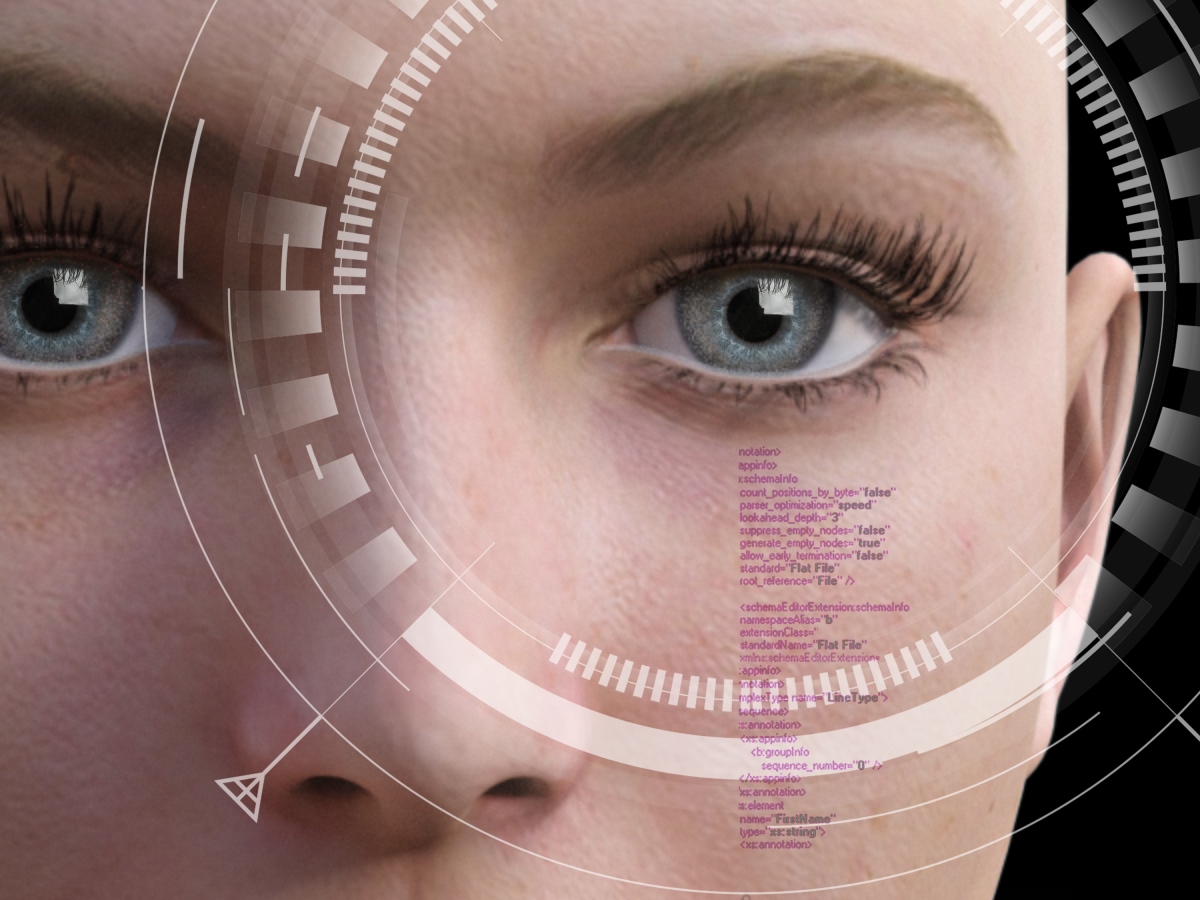Today’s consumers want the beauty brands they use to source ingredients ethically, are transparent and authentic, appealing to the senses, and offer products with high efficacy. With this in mind, how can brands find the right balance of these trends while still delivering good value to their discerning consumers?
In 2023, there will be a shift from herd mentality to “me mentality” and consumers will choose what works for them more than what is popular on social media platforms. Aside from that, consumers of beauty brands and services today are more discerning and aware than they ever were before.
In Thailand, younger consumers called “Beauty Activists” aged 25-34, are speaking out and their voices are resonant. They prioritise social and environmental values, challenge traditional social norms, and voice their opinions loudly on social media.
This group accounts for 41 per cent of Thai beauty consumers, and over half (53 per cent) of them say it is important to buy beauty products from ethical brands. They also speak out against brands that they feel are not acting responsibly. Over a third of Beauty Activists (44 per cent) will call out beauty campaigns they don’t like, and half say it’s necessary to stop supporting brands whose behaviour and campaign do not align with their beliefs.
In Malaysia, consumers want to protect their skin from long-term exposure to air pollution. Among the products they use to address this concern are cleansers to remove harmful particles from the skin and anti-pollution face masks.
Consumers have different things that they want and look for from beauty brands. What is hot this month may not necessarily be so in the next, if the brand does not listen to its consumers.
Beauty brands can continue to stay relevant by tuning in to what their consumers want and need and here is what consumers are talking about:
Ethical beauty
Ethical claims found momentum and gained traction in Asia, both in North and South APAC. In Indonesia, 63 per cent of consumers say they are prepared to boycott companies that behave unethically. One of the ways in which brands can show its authenticity is to support and collaborate with local communities in transparent and sustainable ways.
Plant-based clean beauty is one of the most effective ways for brands to connect with consumers and remain relevant in the region’s beauty landscape. The cosmetic supply chain is not just green and natural but clean. Brands are increasingly proving their credibility with science and being more transparent with their manufacturing processes because today, consumers are aware if a brand is just greenwashing or being true to its sustainability commitments.

AR and VR
Young people are now being exposed early to online beauty content and this is a double-edged sword. For brands, it is an opportunity to share their content through social media platforms and augmented and virtual reality (AR and VR). These features also boomed during the Covid-19 pandemic when people became afraid to use testers for colour cosmetics in stores. L’Oréal was one of the companies that first jumped on the AR and VR bandwagon. In 2019, L’Oréal’s AR arm Modi Face collaborated with AS Watson Group to introduce its virtual makeup try-on service on the Watsons mobile app. The same application is now available in L’Oréal official stores on the Shopee app. In Malaysia, AmorePacific (Laneige) and the L’Oréal Group (NYX, Maybelline New York, and L’Oréal Paris) have introduced their own AR tools in Malaysia. Other ways to communicate with consumers online and provide them with immersive experiences are through Mixed Reality Tours and Virtual Try-on.
A-beauty
There are many innovations and trends from South Korea, Japan, Thailand, and China, but Australia has a more laidback approach and the government has stringent regulations (which ensure product quality and safety) to appeal to the sensibilities of local consumers. Australian beauty relies on natural, safe, and organic ingredients and appeals to those with uncomplicated beauty routines that address present concerns and issues, skin dryness, instead of future ones like ageing. Australian beauty sees a compound annual growth rate of 6.1 per cent for facial skincare, 4.4 per cent for body care, and 3.2 per cent for sun care over the next five years.
So what can beauty brands learn from A-beauty? The harsh Australian environment lends a hardiness to plant life that translates into botanicals with extremely high active properties. These botanicals have been used for hair- and skincare by native people for thousands of years. Brands can focus on the diversity and resilience of these plants and the properties and benefits of their extracts.

Modernised traditions
Another trend in beauty is modernising heritage ingredients and techniques with new packaging and formats so they would appeal to younger consumers. This modernisation of beauty is a means to keep a culture alive even into the future and spread it throughout the world. In Japan, 76 per cent of consumers agree that their heritage is an important part of their identity.
What we think
Global trends continue to evolve and integrate, which makes it increasingly important for brands to consider the steps they take to evaluate trends in relation to their brand and value as well as their core target audience. Interpreting a trend and applying it to a product is one thing, but being able to connect with beauty consumers in ways that authentically speak to want they need and want, will be key.
Sharon Kwek is Director of Consulting, Beauty and Personal Care, South APAC, at Mintel.
This article was first published in the Autumn 2023 issue of Retail Beauty.
- For more news and updates, subscribe to our weekly newsletter
- Follow us on Instagram
- Like us on Facebook
- Connect with us on LinkedIn

